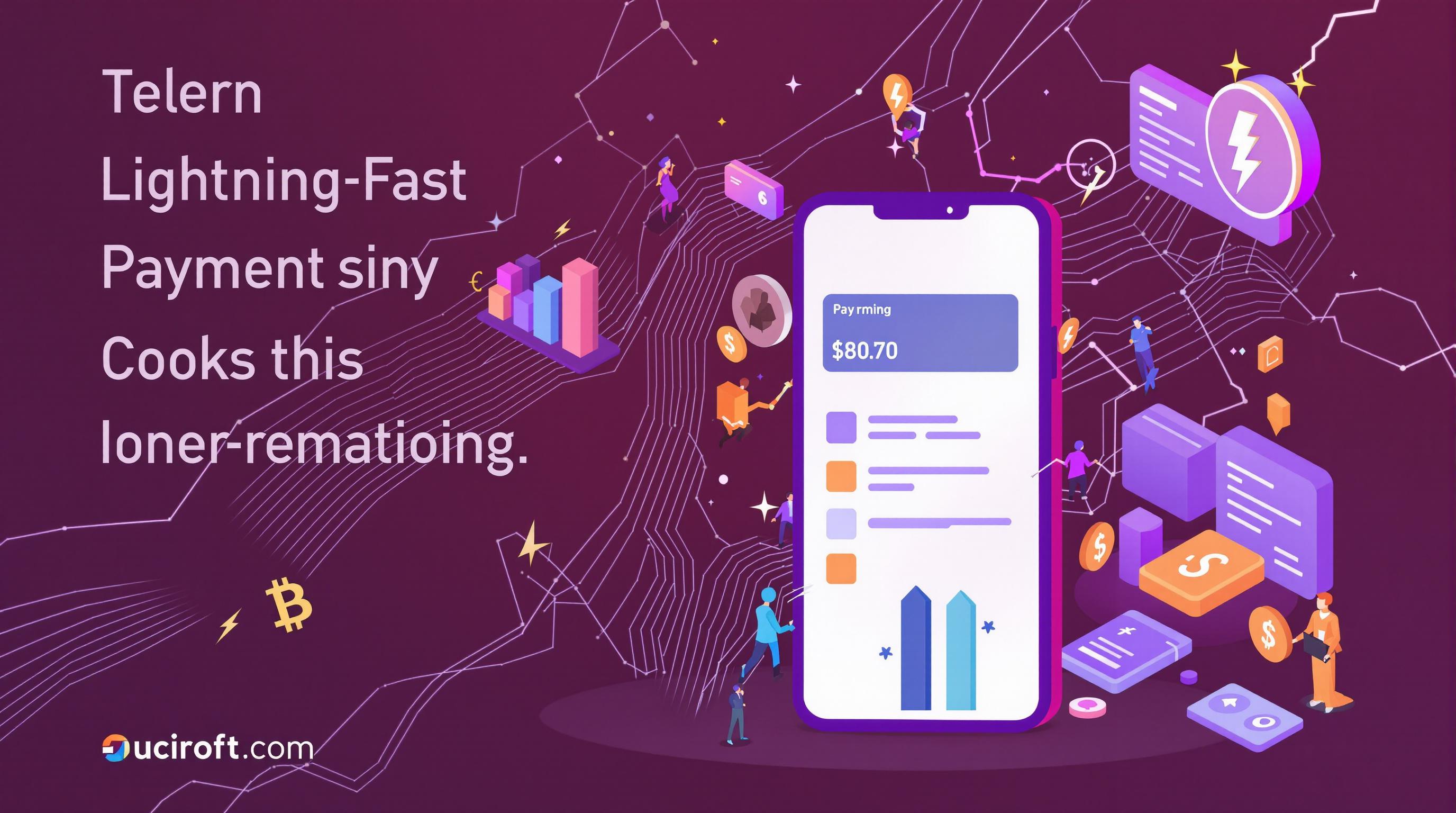Related Articles
- How Mobile Accounting Influences Entrepreneurial Mental Health and Work-Life Balance in Gig Economies
- The Quiet Costs: How Mismanaged Time Data Quietly Undermines Small Business Growth and Decision Making
- Top 5 Trailblazing AI-Powered Financial Reporting Apps Revolutionizing Accuracy and Speed Since 2019
- How Behavioral Economics Shapes Decision-Making in Financial Record Matching and Discrepancy Resolution
- How Subtle Shifts in Supplier Relationships Secretly Affect Your Company's Financial Health and Liquidity Balance
- Top 6 Payroll Solutions Born in the Last Five Years That Are Quietly Taking the Gig Economy by Storm
How Unexpected Seasonal Shifts in Consumer Behavior Secretly Shape Your Company’s Liquidity Patterns
How Unexpected Seasonal Shifts in Consumer Behavior Secretly Shape Your Company’s Liquidity Patterns
Unexpected seasonal changes in consumer behavior intricately influence your company’s liquidity patterns, often without your notice. Understanding these shifts empowers better financial planning and strategic decision-making for sustained business health.
A Story of Winter’s Whisper: How Frost Transformed a Retailer’s Cash Flow
Imagine a mid-sized retail company in the Midwest, bracing for a typical winter holiday season. But one unusually mild December disrupted traditional shopping habits, with consumers delaying purchases in anticipation of post-holiday sales. Revenues dipped unexpectedly, squeezing cash reserves. This case, though fictionalized, echoes real challenges businesses face each year as consumption patterns deviate with the seasons, often catching finance teams off guard.
Seasonality: The Hidden Pulse of Cash Flow
Formally speaking, seasonality refers to predictable variations in sales and consumer activities aligned with calendar periods—holidays, weather changes, or cultural events. Yet, when consumer behavior shifts unexpectedly within these patterns, liquidity management becomes a complex puzzle.
Take, for instance, a 2022 Deloitte report which noted that 58% of businesses failed to adequately incorporate sudden seasonal consumer shifts into their liquidity forecasts, leading to cash shortages and missed investment opportunities. This disconnect highlights why liquidity planning must transcend static models and embrace behavioral insights.
Why Liquidity Patterns Matter More Than You Think
Liquidity—the ease with which a company can meet short-term obligations—serves as the bloodstream of business operations. Unexpected seasonal consumer changes can tighten or expand these cash flows, influencing payroll, inventory procurement, and emergency fund availability.
The Science of Mood and Money: Behavioral Drivers Behind Seasonal Consumer Shifts
A casual stroll through a shopping district reveals moods shifting with the weather. Studies show consumers’ spending propensity fluctuates with temperature, daylight hours, and even pollen counts. For example, a psychological study published in the Journal of Consumer Research found that consumers were 15% more likely to make impulsive purchases on sunny days, subtly impacting liquidity inflows.1
Peeling Back the Layers: Case Study of a Tech Startup
Consider the example of a tech startup specializing in smart home devices. Their sales historically peaked during Q4 holiday seasons, supported by lucrative promotions. However, an unexpected surge in work-from-home culture during early spring led to a mid-year spike in purchases, coinciding with increased manufacturing costs. Without adjusting cash reserves, this liquidity squeeze nearly stalled operations. This scenario underlines the necessity of agile liquidity strategies that respond to evolving consumer trends.
Persuasive Insight: Harness the Power of Predictive Analytics
Businesses that integrate predictive analytics into their financial planning stand a better chance against these seasonal surprises. Machine learning tools analyze vast datasets to detect subtle shifts in consumer sentiment, product demand, and timing—enabling proactive liquidity adjustments before cash crunches occur.
Stats That Speak
A survey from McKinsey & Company (2023) found that companies adopting advanced analytics to monitor consumer behavior reduced liquidity shortages by 35% and improved cash flow predictability by 42%. This evidence strongly advocates transitioning from traditional forecasting to data-driven financial management.
Conversational Reflection: What’s Your Liquidity Story?
Let's just talk. Ever noticed how your spending ramped up suddenly during a surprise heatwave or dipped during an unexpected cold snap? Now, flip that perspective to your business—your customers’ wallets behave the same way, and those shifts echo in your bank account. Whether you're 16 or hitting 70, understanding this ripple effect can transform how you see cash flow challenges.
Humor Break: If Liquidity Were Weather
Imagine liquidity as a weather forecast—sunny one day, a cash flow thunderstorm the next, often without an umbrella in sight. I once joked with a CFO that liquidity planning felt like predicting the British weather: always five minutes away from chaos!
Adapting Strategy: Seasonal Marketing Meets Financial Planning
Marketing campaigns tailored to seasonal consumer moods can buffer against sudden liquidity disruptions. For example, launching promotions aligned with unexpected spring buying surges or tailoring inventory to shifting preferences can stabilize income flows.
Conclusion: Embrace Seasonal Secrets for Robust Liquidity
Seasonal shifts in consumer behavior, particularly those that escape conventional forecasting, wield significant influence over your company’s liquidity. By weaving behavioral understanding, data-driven analytics, and adaptive marketing into financial planning, businesses can navigate these hidden currents with resilience and foresight.
Remember, liquidity is not just numbers—it’s the living rhythm of how your customers engage with your brand across seasons and moods. Listen closely, adapt swiftly, and your company will not only survive but thrive amidst the unpredictable dance of consumer behavior.
Sources:
1. Journal of Consumer Research, “Impact of Weather on Impulse Purchases,” 2021.
Deloitte, “Liquidity Management Trends,” 2022.
McKinsey & Company, “Analytics in Financial Forecasting,” 2023.



